
In a world where the sun plays a significant role in shaping preferences for living spaces, a unique product has emerged to bridge the gap between lifestyle and the desire for a sun-soaked environment. The innovative SPOT, a pet plant inspired by the beloved Toy Story, brings a touch of whimsy and practicality to the lives of those who are away from home during the day.
Designer: Dami Seo
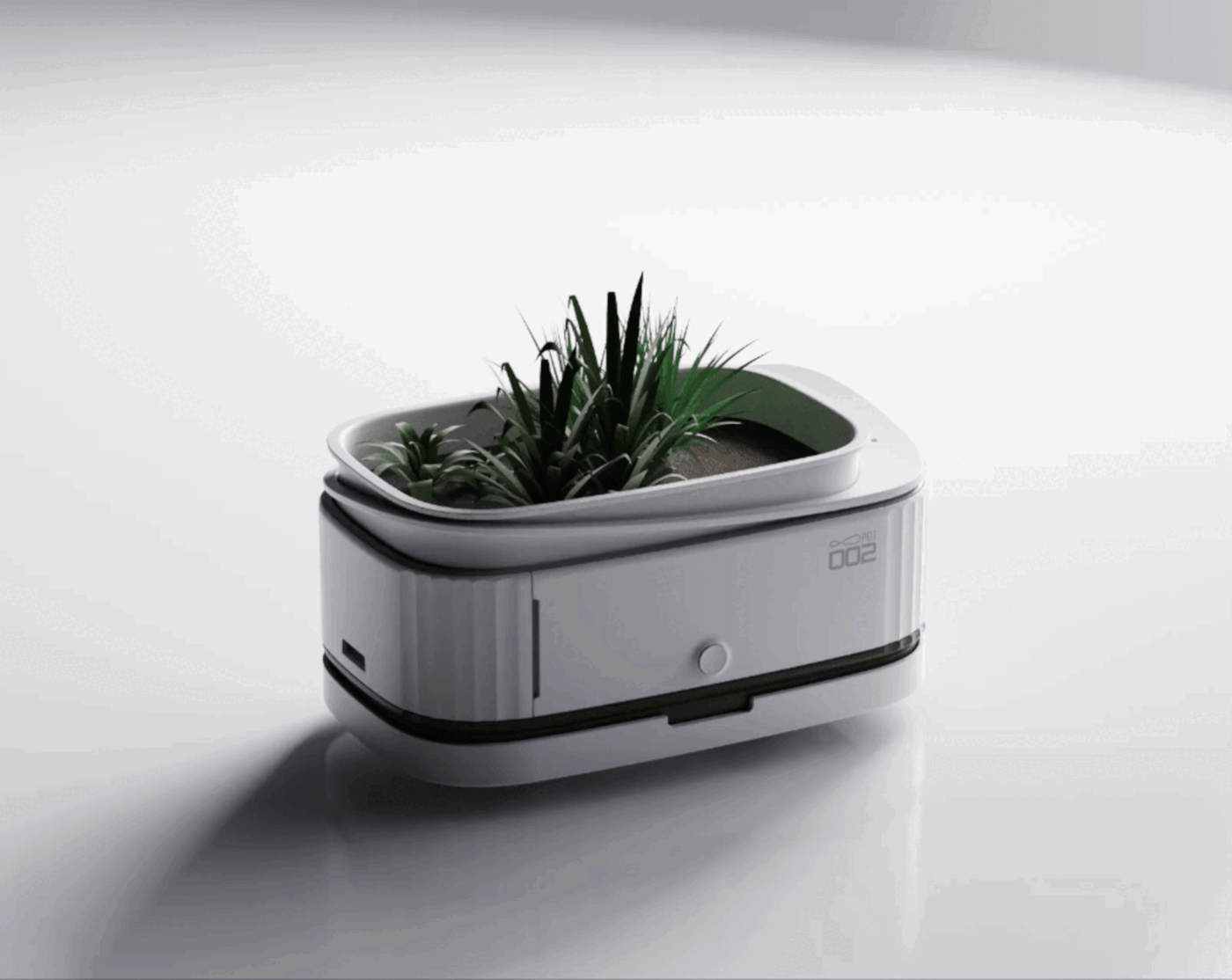
Koreans have a cultural inclination towards south-facing directions for their homes, favoring abundant sunlight throughout the day. However, modern lifestyles often lead people away from home during peak daylight hours, creating a paradox between their preference for sunlit spaces and their absence during the sunniest times.
Drawing inspiration from Toy Story, SPOT takes on a personality of its own when the owner is away. Just like Woody and his adventures, SPOT enjoys the warm sunlight in the south-facing direction, making the most of the daylight hours that the owner might miss.
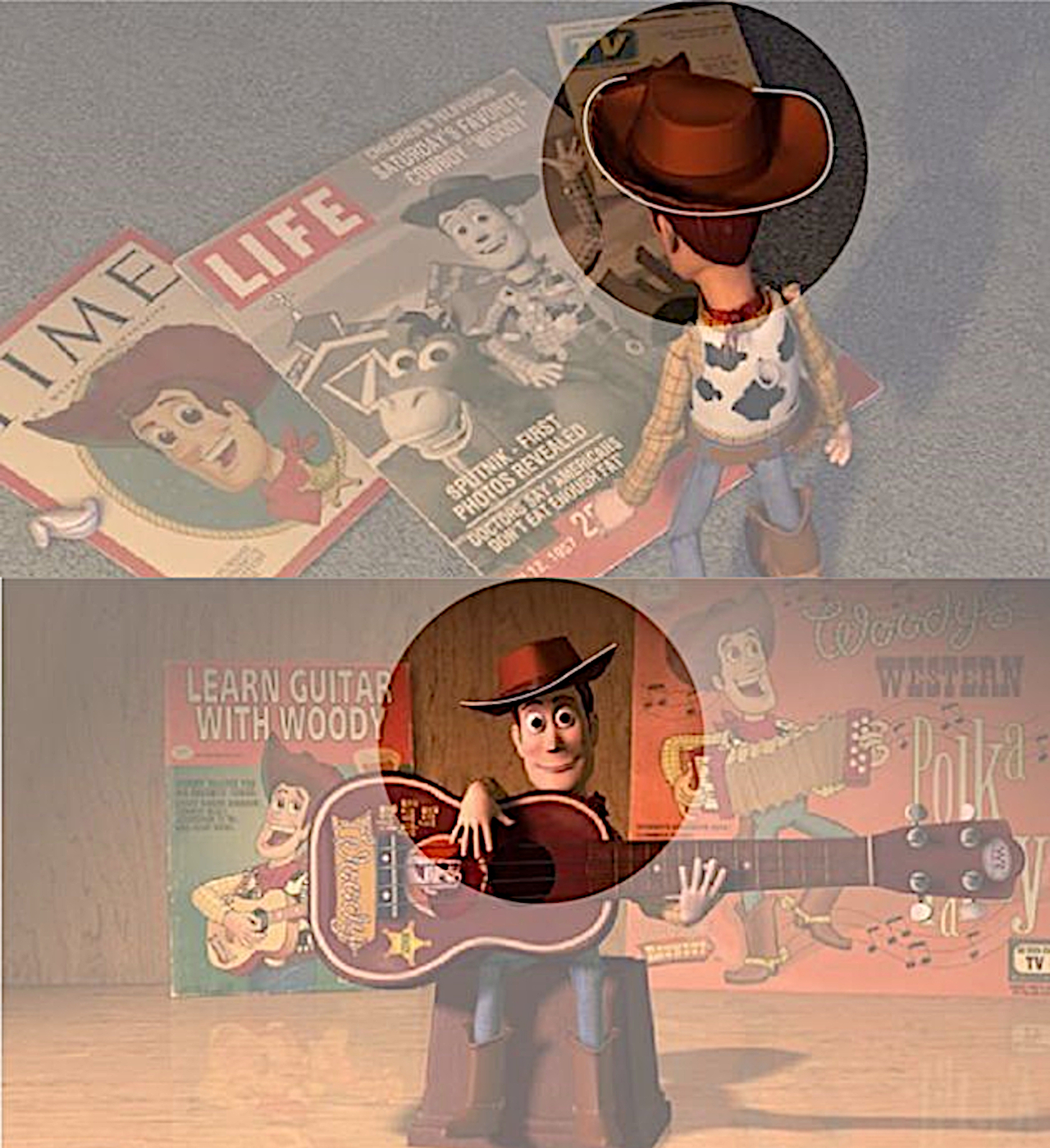
The creators of SPOT have ingeniously crafted its form based on Woody’s rhythmic hat line, adding an extra layer of charm and nostalgia for fans of the iconic movie series. This attention to detail enhances the emotional connection users may feel with their sun-loving companion.
SPOT’s design mimics a sunflower’s ability to move towards the sun. Equipped with sensors, SPOT can adjust its position to capture the optimal amount of sunlight, ensuring that users can enjoy the warmth without the need to move the plant manually. This dynamic feature aligns with the varying sunlight patterns throughout the day.
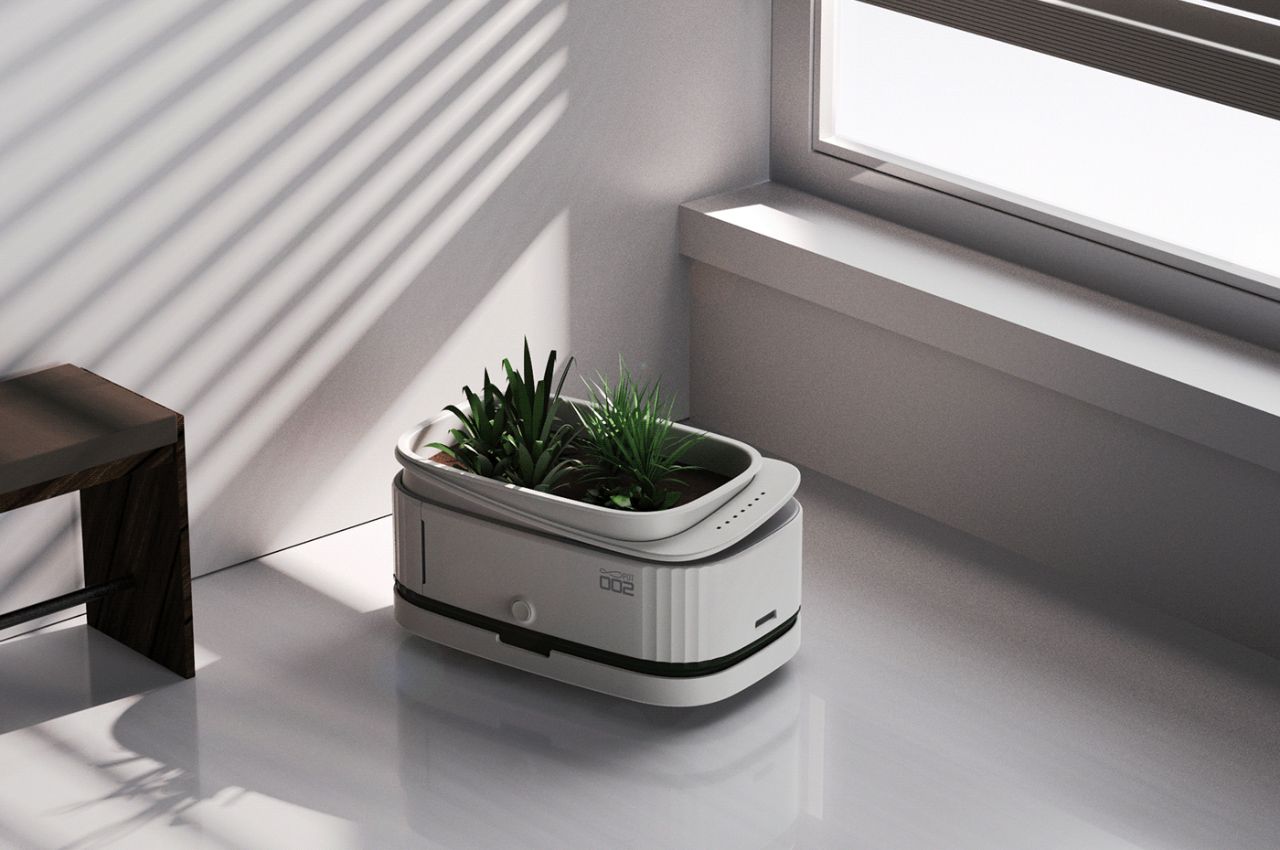
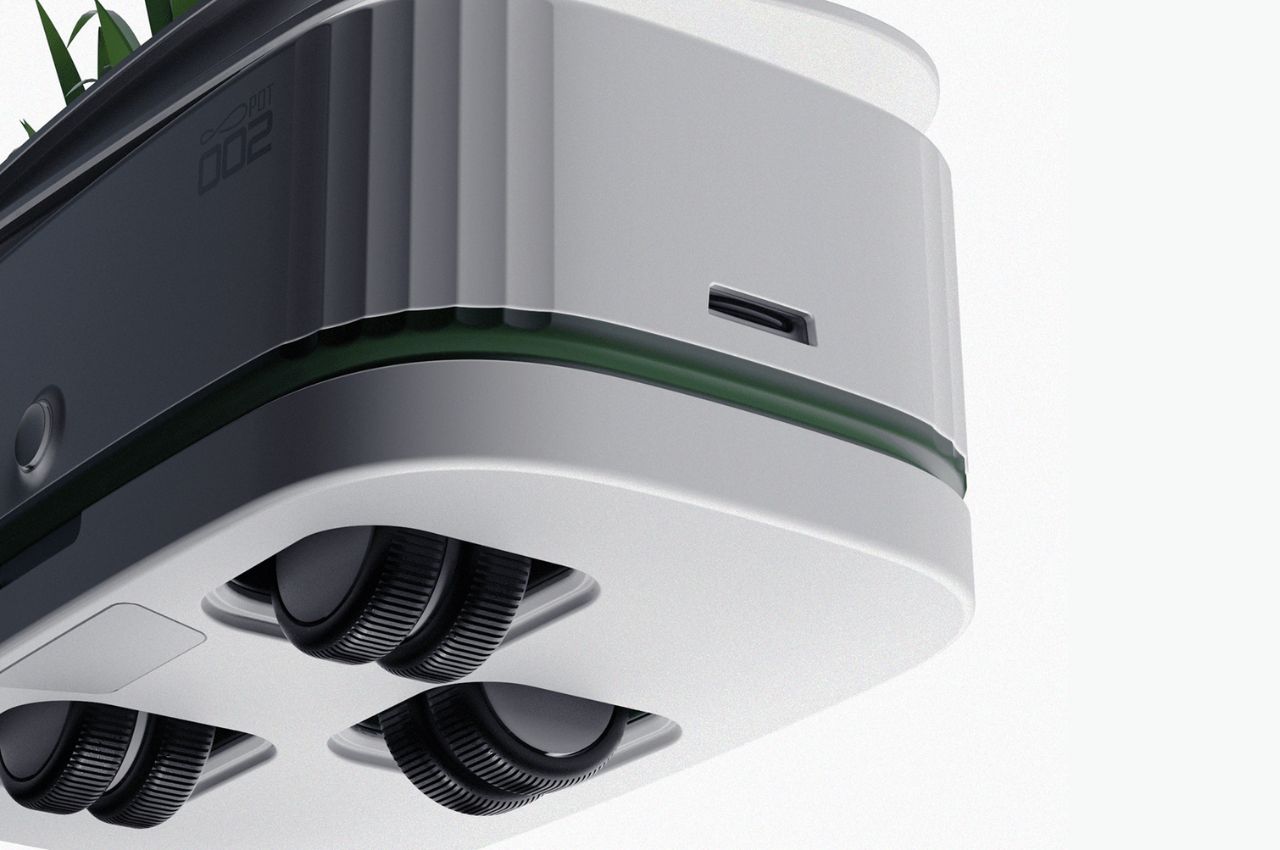
For users returning home, SPOT adds an element of surprise and delight. By detecting the SPOT’s location, users can playfully interact with their sun-loving companion, creating a unique and entertaining experience. The wheels at the bottom of the product enable SPOT to move towards the sunlight source, making it a dynamic and engaging addition to any home.
SPOT’s ability to move is not only entertaining but also practical. Equipped with sensors on both sides, SPOT can navigate around objects in the house, ensuring a seamless and safe journey towards the sunlight. The autonomy of movement enhances user convenience, aligning with the modern desire for smart and responsive home devices.
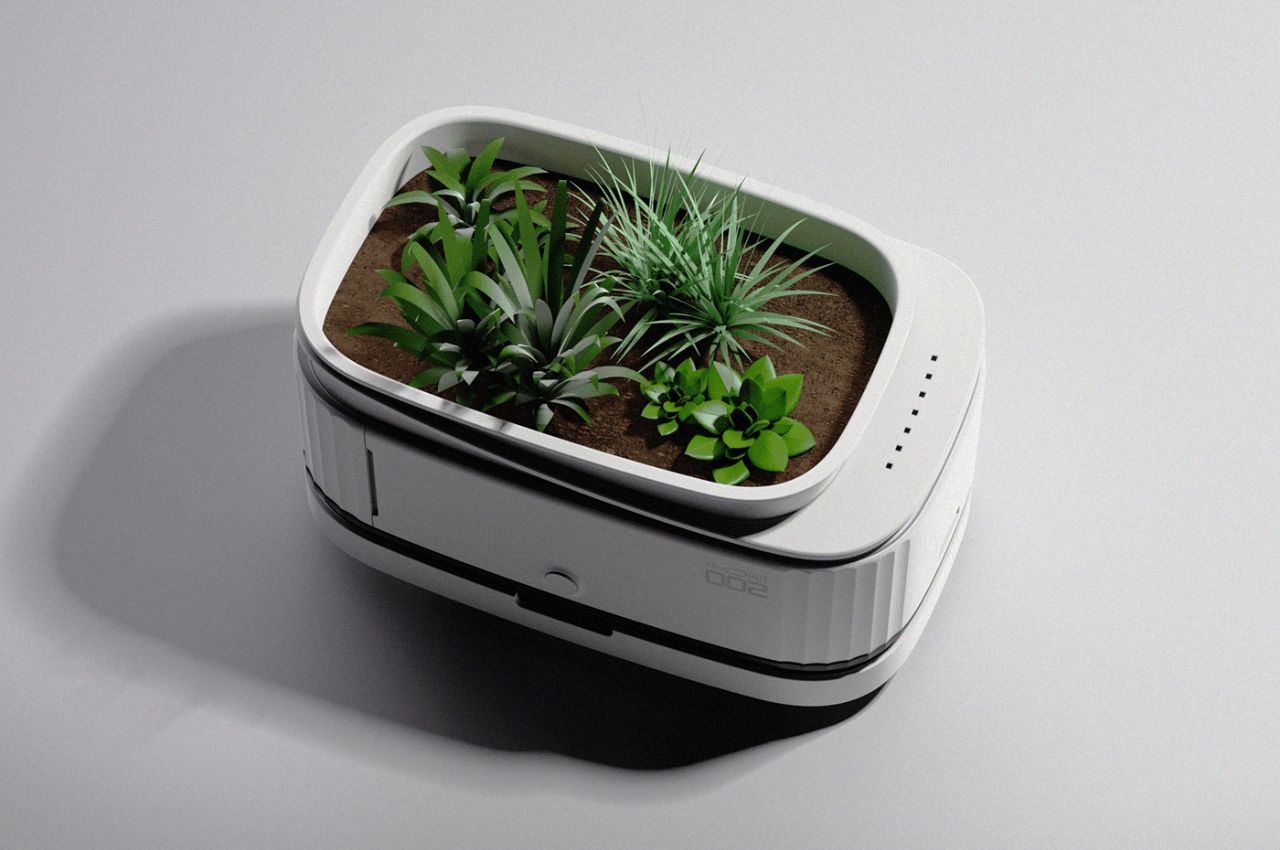
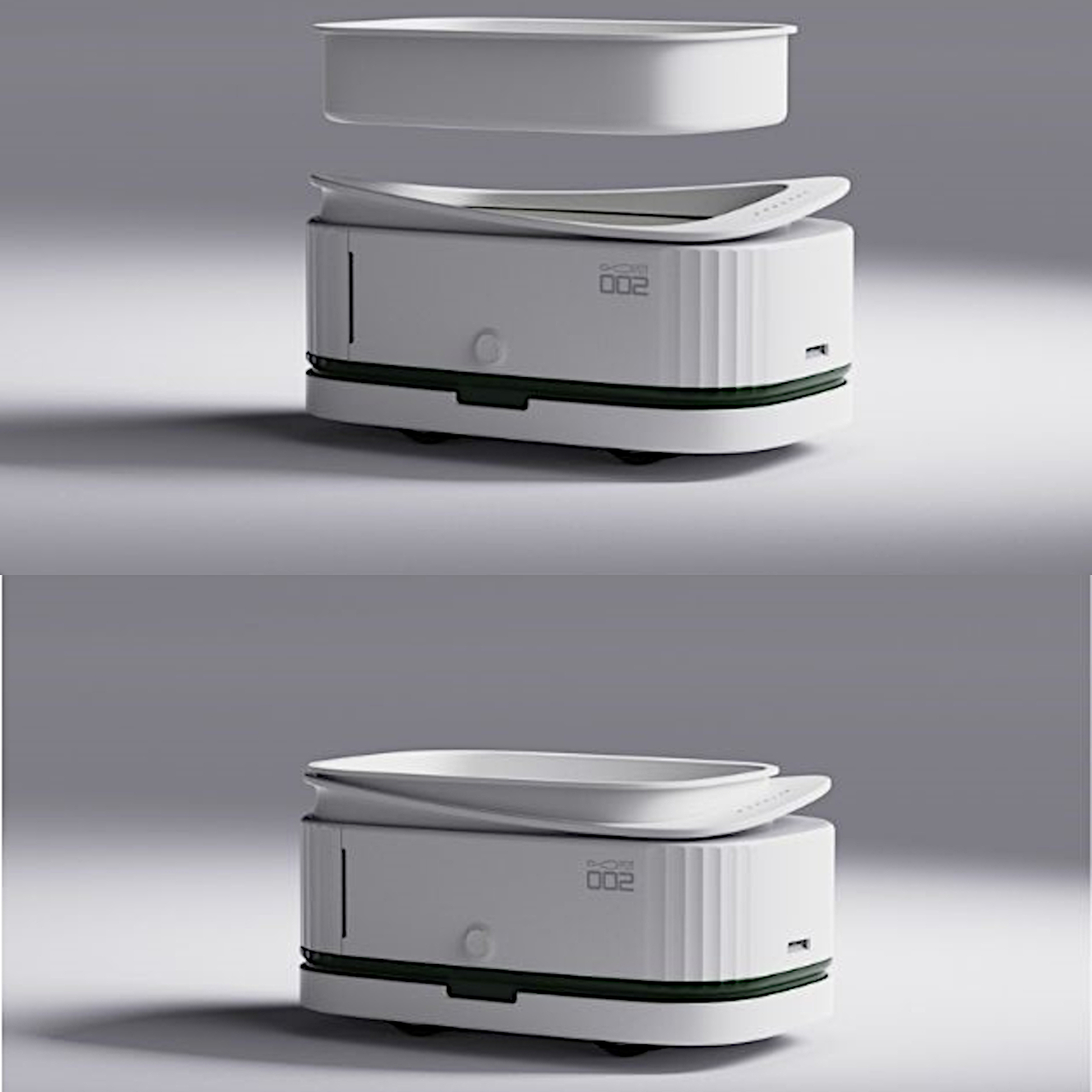
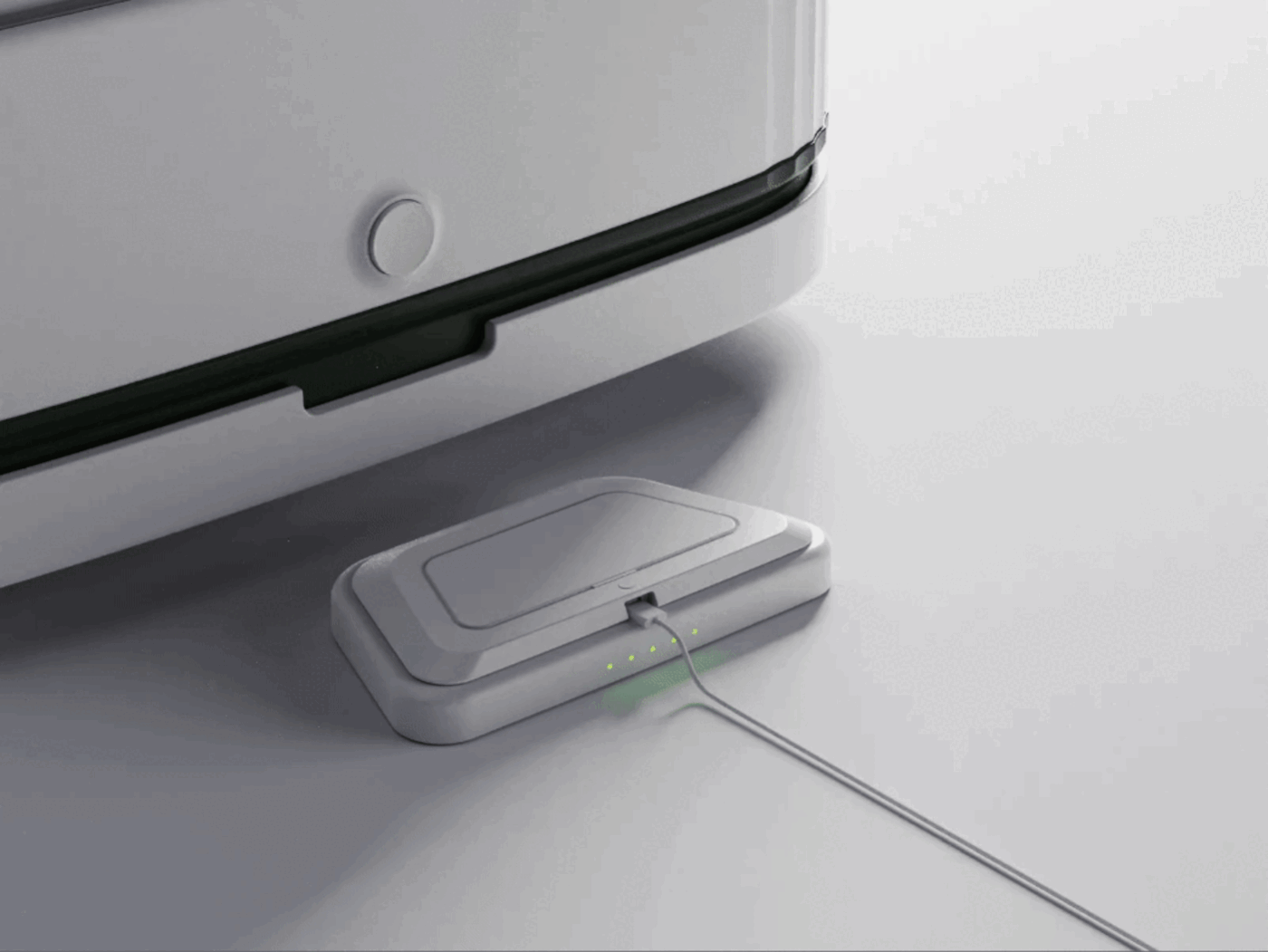
To keep SPOT energized and ready for its sun-seeking adventures, a user-friendly charging unit is provided. SPOT can effortlessly navigate to the charging station, making the recharging process a hassle-free experience. Additionally, SPOT’s easy-to-clean and disassemble design ensures that maintenance is a breeze.
SPOT not only adds a touch of magic inspired by Toy Story to your home but also addresses the practical challenge of aligning sunlight preferences with a dynamic lifestyle. With its adaptability, autonomy, and entertaining features, SPOT is more than just a pet plant; it’s a delightful companion that brings joy and sunshine into the lives of its users.
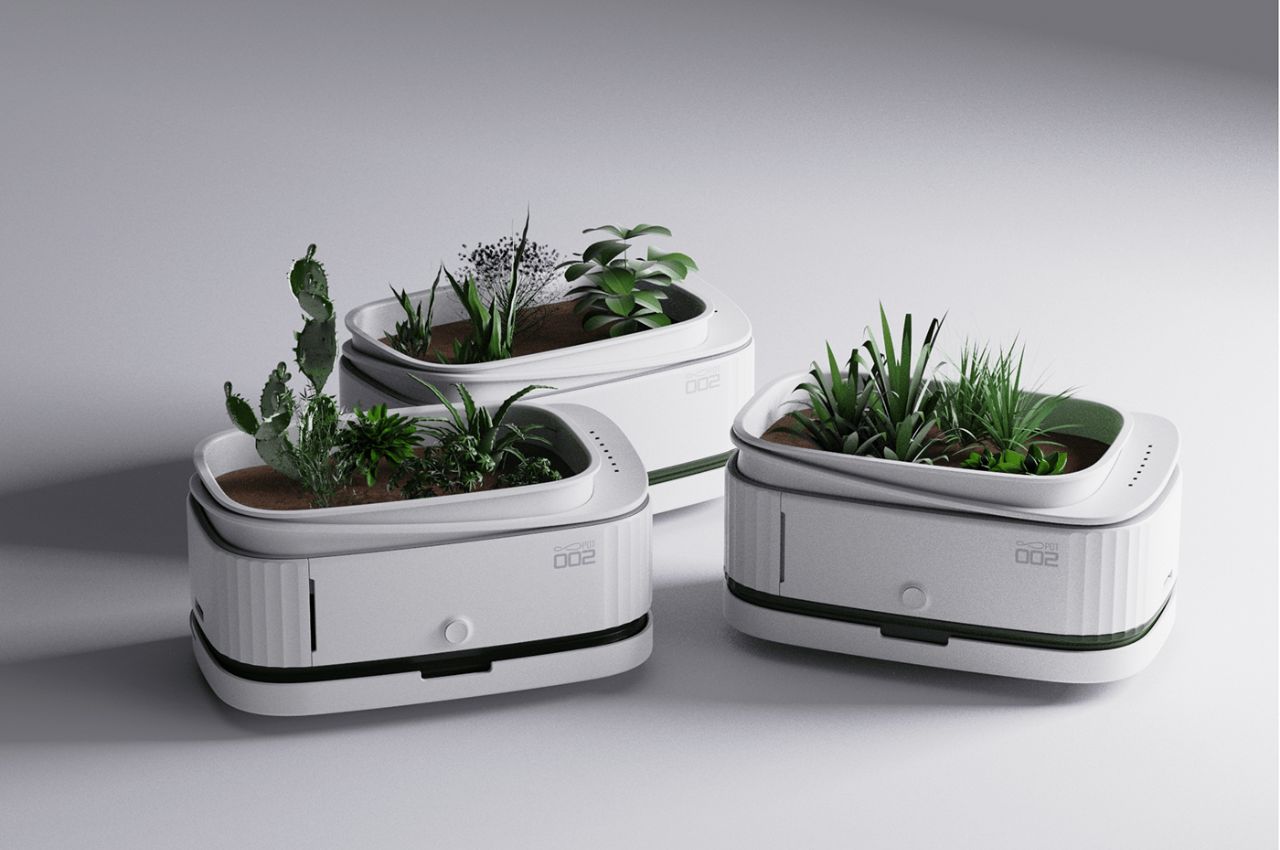
The post A Plant Companion That Moves With The Sun Fitting Perfectly Into The Korean Culture first appeared on Yanko Design.